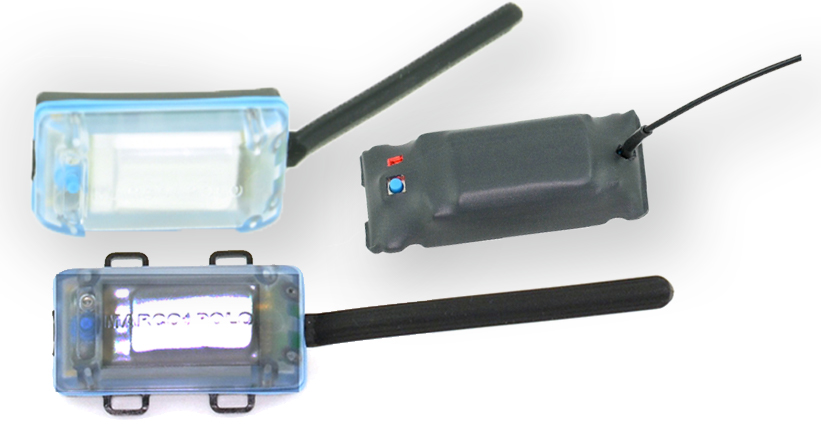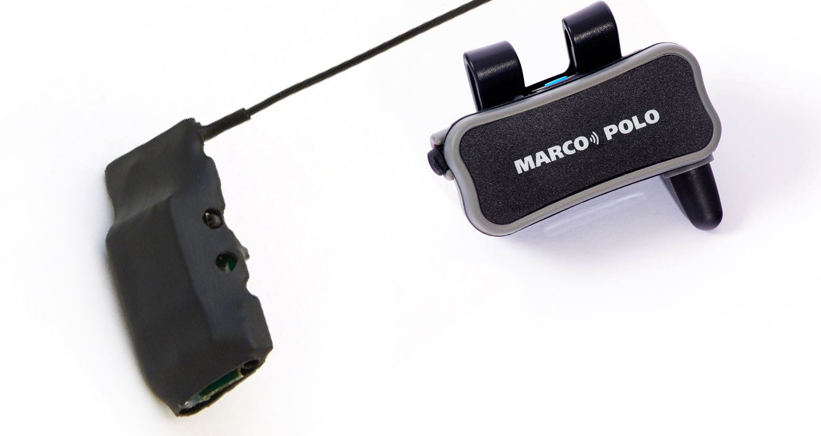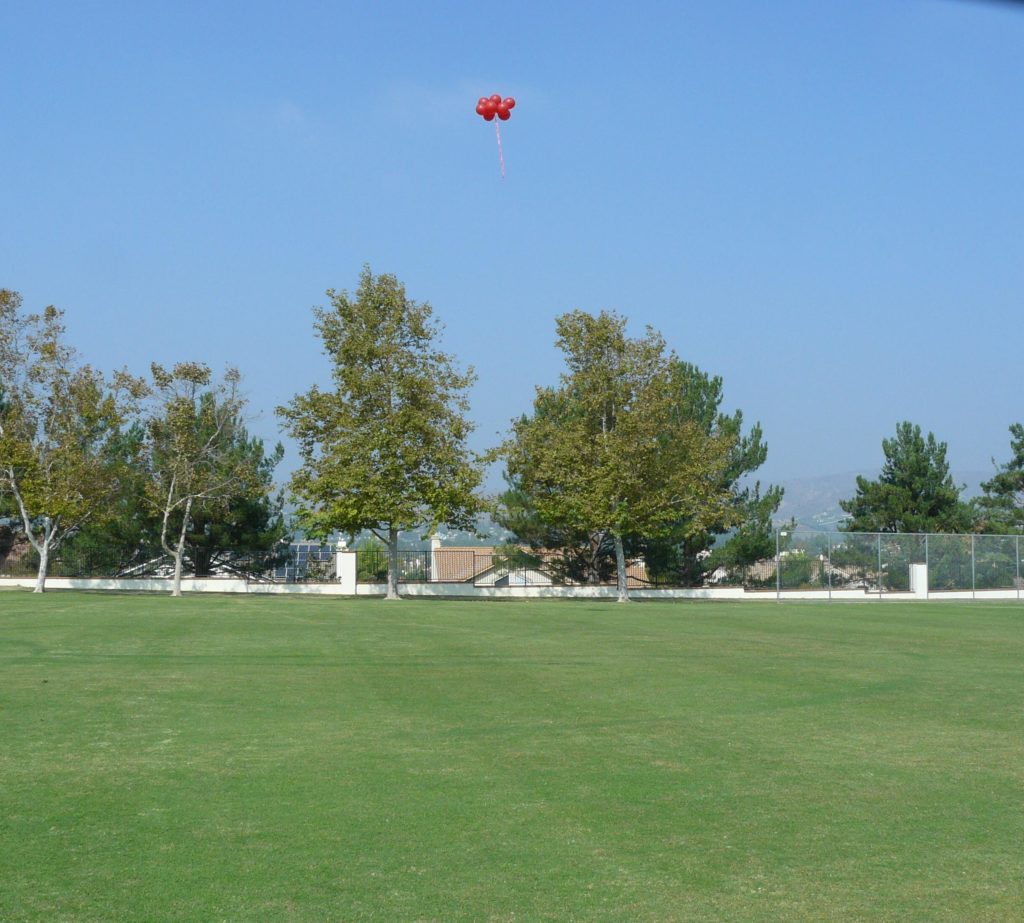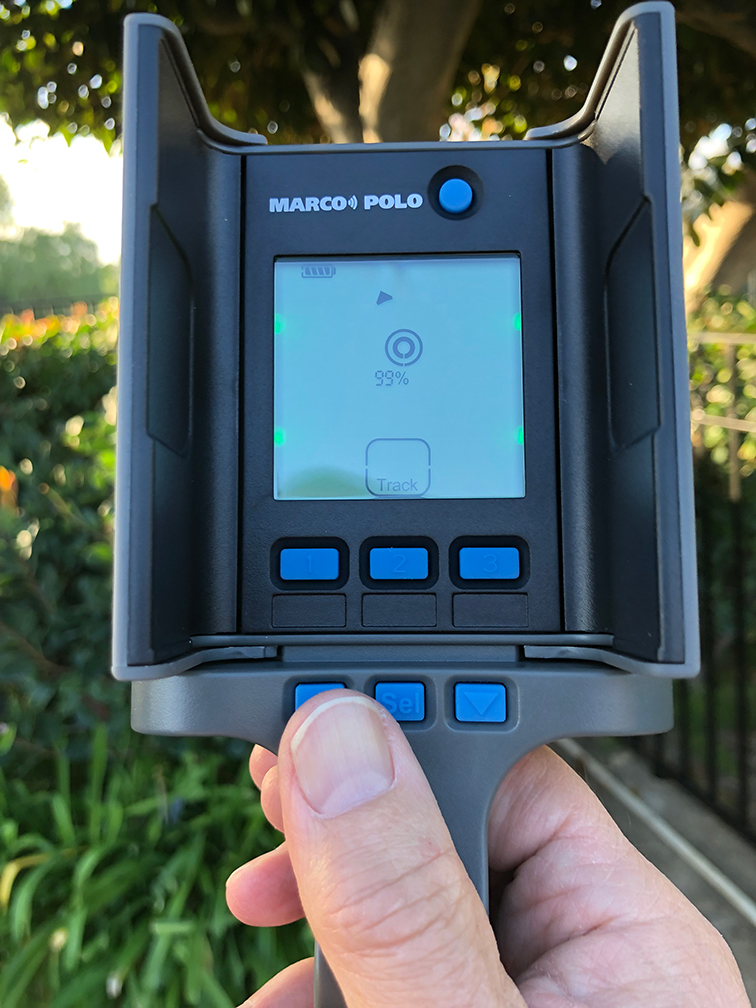 CompatibilityWe get a lot of questions about the compatibility of the various Marco Polo tracking tags and handheld locators we’ve produced over the years. Here’s a few examples of the questions we get:
CompatibilityWe get a lot of questions about the compatibility of the various Marco Polo tracking tags and handheld locators we’ve produced over the years. Here’s a few examples of the questions we get:
- “I have an older tag and handheld locator I bought several years ago. If I buy one of the new tags for my system will they work together?”
- “I recently bought a tag for my drone. Now I am thinking about getting one for my dog, do they work with the same handheld locator?”
- “Will both the ultralight and the advanced tags work with the system I got for my drone?”
In all cases, the answer is YES! There have been a total of 5 versions of Marco Polo Tracking Tags made over the years, with 3 types in current production today. All of them work with every Marco Polo Handheld Locator ever made. If it says “Marco Polo” on it, it is going to work.
We have continued to make improvements in the tracking tags that work with your Marco Polo locator to allow a greater range of applications and increased durability. Here’s a rundown on the newest generation of Marco Polo tracking tags:
- The Ultralight Drone Recovery Tag provides 30% greater battery life than the original design. It is easier to mount to your drone because it has a flatter bottom and all the controls on top for easier access when mounted. All in the same 12 gram package to allow for use on smaller drones.
- The Advanced Drone Recovery Tag puts the same capabilities of the Ultralight tag into a waterproof (IP67 submersible), crushproof, polycarbonate enclosure. The new style tag can attach to a drone, rocket or fixed-wing aircraft in a variety of ways, including a clip-in mount, which makes moving the tag between aircraft a quick and simple operation.
- The Advanced Pet Monitoring and Tracking Tag replaces the original “Classic” pet tag with a unit that is half the size and weight of the older generation. It is attaches tightly to the pet’s collar, giving a much better fit for smaller pets and because it is less obtrusive when mounted on the collar it helps avoid snags that might harm your pet or damage the tag. The Advanced tag is waterproof for prolonged swimming.
The photo below shows the newest generation of Marco Polo Tracking Tags currently being sold.

The following photo shows the earlier generation of Marco Polo Tracking Tags. These tags are no longer available.



